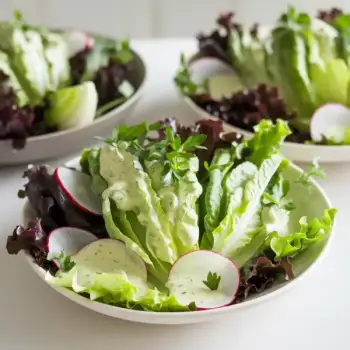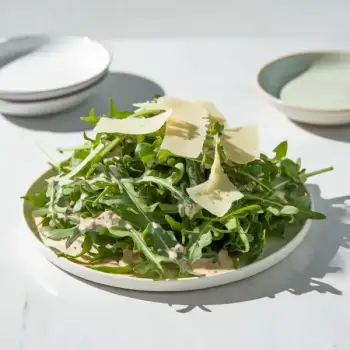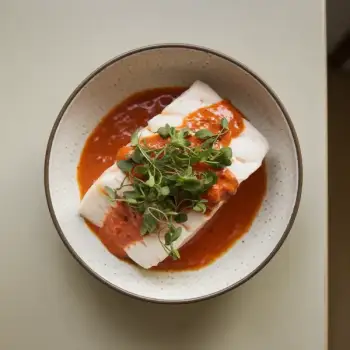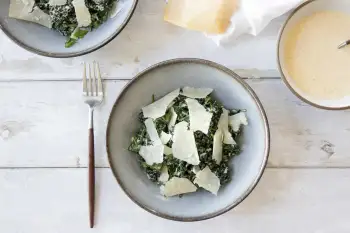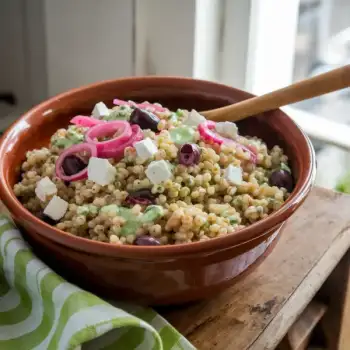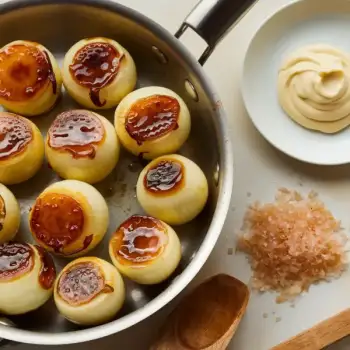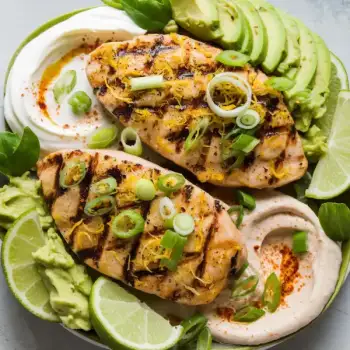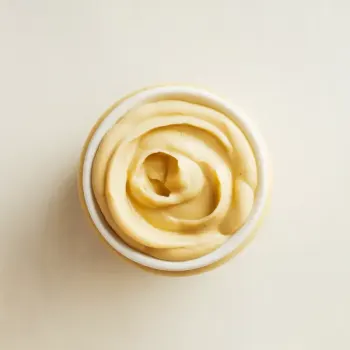


Vegan
Egg-free mayonnaise alternatives made with plant-based ingredients, suitable for vegans and those with egg allergies.
Flavored
Mayonnaise that has been infused with additional flavors such as garlic, chipotle, or herbs, offering a variety of taste profiles for different dishes.
Traditional
Classic mayonnaise made with egg yolks, oil, and vinegar or lemon juice, typically found in jars or squeeze bottles.
Light or Reduced-Fat
Mayonnaise with less fat content than traditional versions, often made with fillers like starches to maintain texture.




light mayonnaise: Kraft Light Mayo
vegan mayonnaise: Vegenaise by Follow Your Heart
flavored mayonnaise: Sir Kensington's
traditional mayonnaise: Hellmann's/Best Foods

Baking: Mayonnaise can be used in baking to add moisture and tenderness to cakes and bread due to its oil and egg content.
Emulsifying: Mayonnaise is an emulsion of oil in water, stabilized by egg yolks and acid like vinegar or lemon juice. The key to a stable emulsion is to add the oil slowly to the egg yolk mixture while whisking vigorously.
Cold Applications: Mayonnaise is commonly used in cold applications such as dressings, dips, and spreads where no additional cooking is required, preserving its creamy texture.





